Looking for Good Health in Ancient Japanese Culture
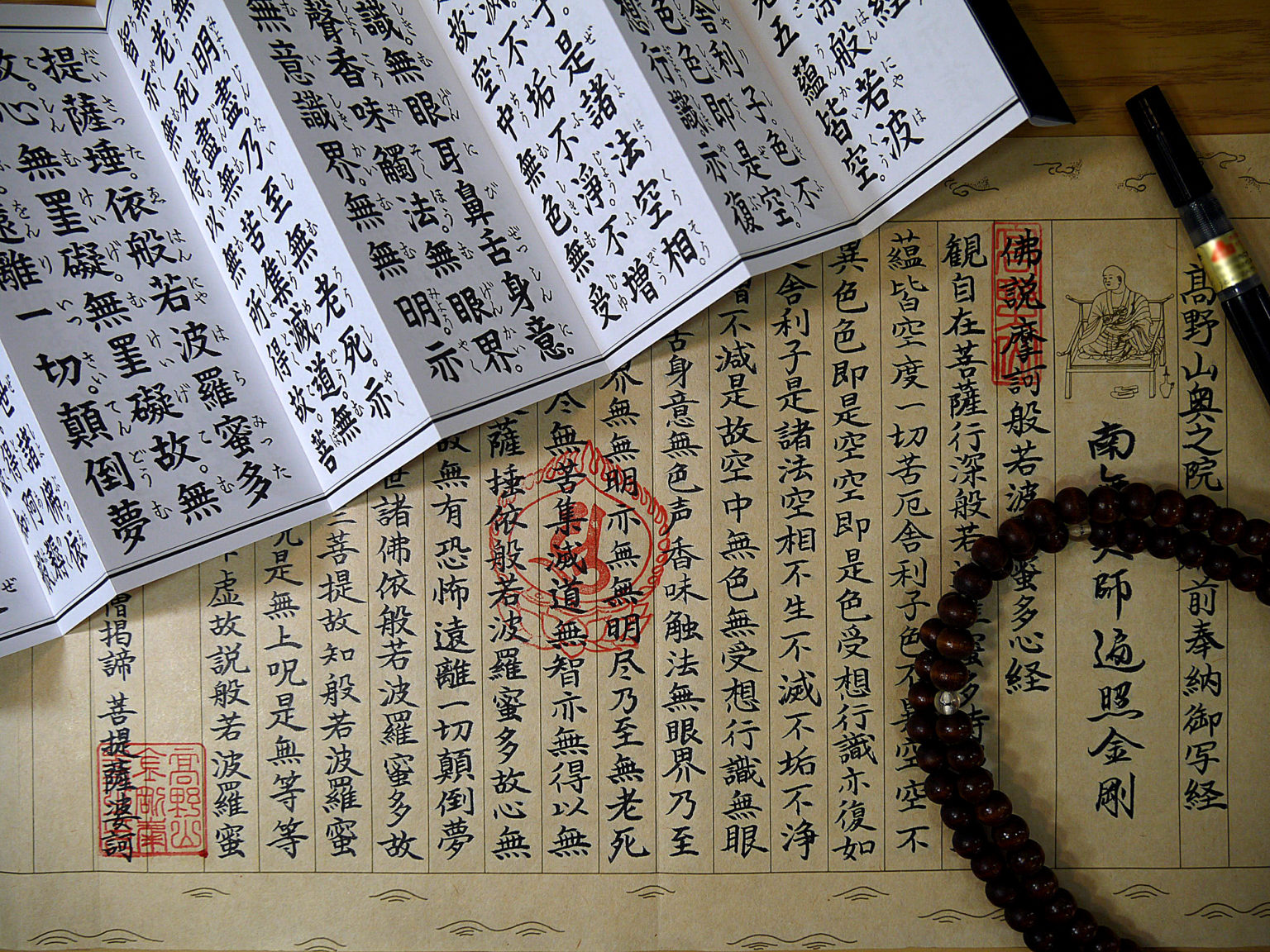
In Japanese ancient times, it was believed that epidemics were caused by invisible beings such as “plague deities”. The imagined pestilence deities looked like demons or yokai (妖怪, Japanese monsters) and would haunt people or enter their homes to make them sick. To avoid contracting the plague, it is necessary to drive away these plague deities and ultimately keep them away completely, so a variety of charms, banners, curses, and rituals were established for this purpose.
During the Edo period (1600-1868), there were many books, novels, ukiyo-e woodblock prints, and Kyoka poems (狂歌, which contain social satire, irony, and humor) written on the theme of epidemics. This fact shows that people were familiar with infectious diseases. Amabie recently became a current topic of conversation as a way to ward off the coronavirus. It is another example of this kind of faith which attempts to ward off plague. In some ukiyo-e prints below, the measles camp is confronted by the owners of yakata boats, sushi restaurants, and bathhouses, whose business has been disrupted by measles. This kind of creation must have been a reflection of the reaction to the inability of the government to effectively deal with the disorders. It used these caricatures to redirect the citizens’ anger that under the restrictions to freedom of speech in the country, the Edo citizens were unable to criticize the authorities directly.
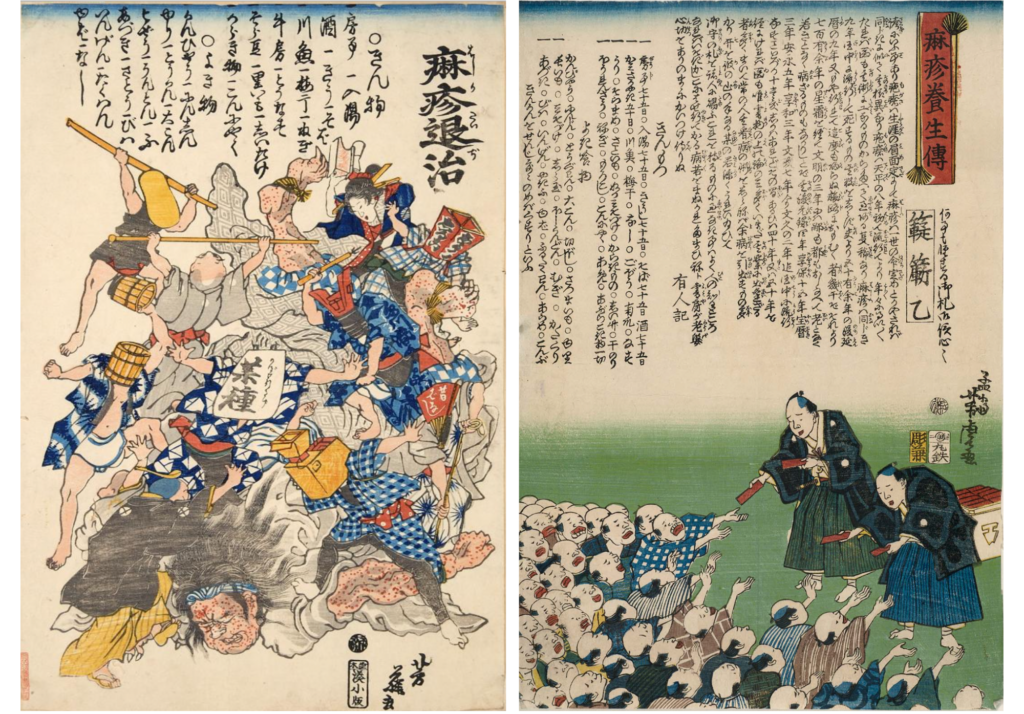
There is the custom of giving ukiyo-e prints as presents for those who have fell ill, as a “get well” gift in Edo city and Osaka, and the surrounding farming villages. At the time, the red paintings of Kintaro (a child of superhuman strength from Japanese folklore) were popular. Japanese people believed the doll to be effective in repelling evil spirits from their children—in the era, the death rate of children from plague was higher than that of adults.
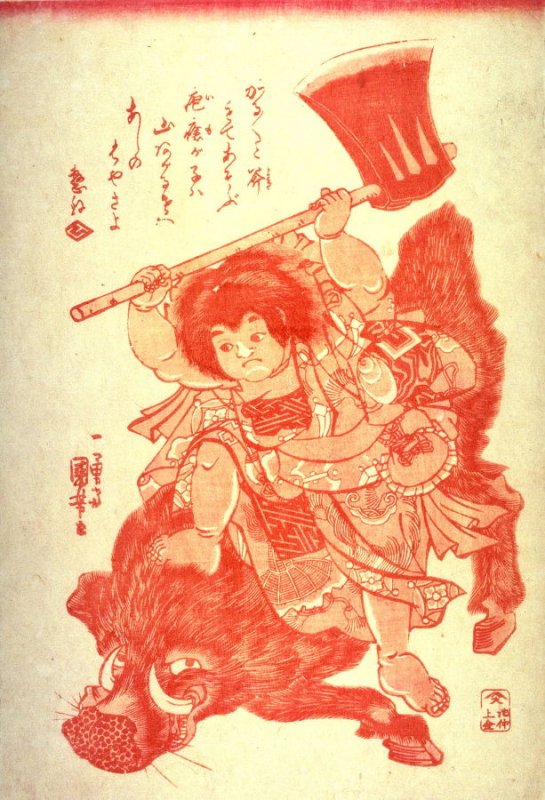
Hang it on the Front Door to Protect Against Negativity: Kadomamori
A Kadomamori (門守) is an object hung or placed at an entrance of a home or at other doorways to pray that no gods of plague or demons will enter the house. The tradition has various forms such as an Ofuda(a paper-made talisman) or lucky charm typically given by a temple and temple, or Morishio (盛り塩) —typically a homemade custom item made from salt crystals which are formed into a triangular or pyramid shape in a small dish. All of these gate guardians are still popular today as they are believed to be beneficial in warding off evil.
The Deformed Iconography of Actual Monk: Tsunodaishi
Tsunodaishi is the figure of Ganzan Daishi, a high monk of Mt. Hiei-zan Enryaku-ji Temple in the Heian period (794-1185). Ganzan Daishi is the most famous nickname of Ryogen (912-985). He was born in Asai-gun, which is present-day Nagahama City, Shiga Prefecture.
In Japanese mythology, Ganzan Daishi sat in meditation at a temple praying for the control of a plague that had spread to the capital. In order to try and save the people, he decided to sit in front of a full length mirror to meditate. While meditating, one of his disciples sketched a picture of what he saw in that mirror. Slowly the reflection of Ganzan Daishi changed, and he turned into a demon. The disciple later copied this image by carving a woodblock print and making a ofuda for people to put outside their homes to keep away illness. Since then, the figure of the master has been considered to be a talisman to ward off bad plagues. Ganzan Daishi believed that the best way to fight off a demon is to transform into a scarier demon.
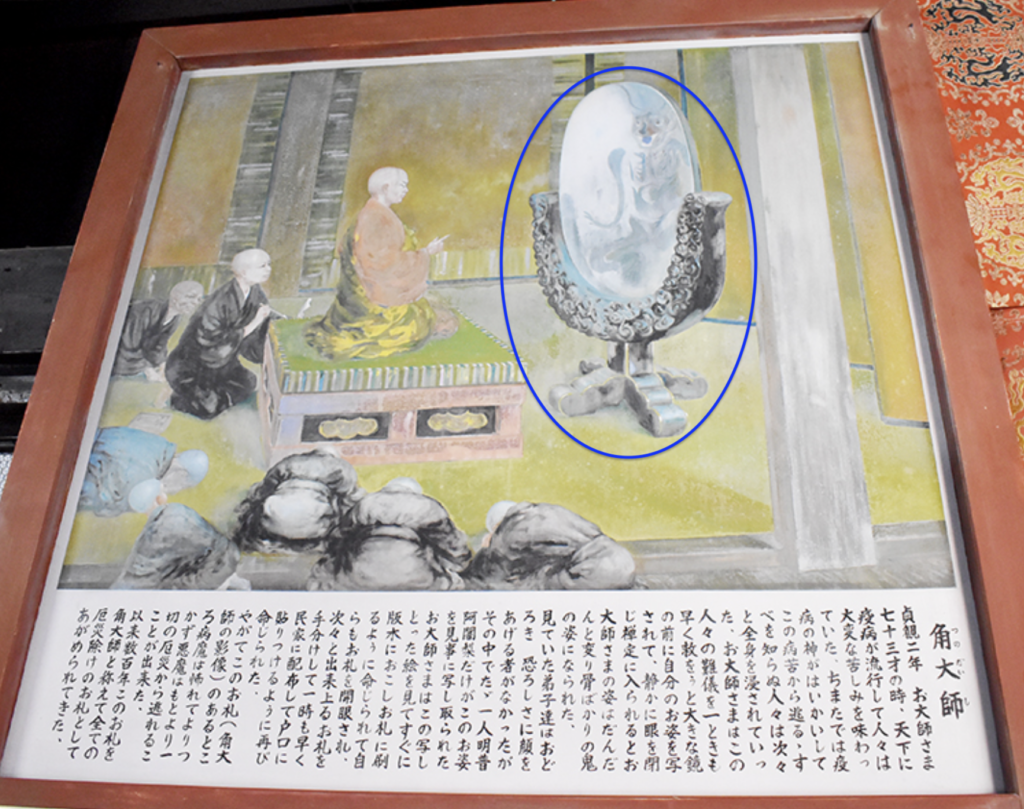
This particular ofuda is not sold all over the Japan temples. If you want to get one, please see the below list. Even though it is the same name god, the appearance is slightly different, from temple to temple.

When you use the paper-charm, in order to avoid the evil talisman, the paper charm needs to avoid the northeast towards the kimon (鬼門, demon’s gate). Do not damage or puncture the paper charm in anyway and thus you should attach it on the wall with glue or a similar material.
- Toeizan Kan’eiji, Tokyo Prefecture
- Sano Yakuyoke Daishi Temple, Tochigi Prefecture
- Chiba Yakuyoke Fudosan, Chiba Prefecture
- Jindaiji Temple, Tokyo Prefecture
- Kuzukaji, Mie Prefecture
- Shinnyodo Temple, Kyoto Prefecture
- Rozanji Temple, Kyoto Prefecture
- Nikko-zan Rin-noji temple, Tochigi Prefecture
There are two more Ganzan Daishi’s ofudas, one is Mame Daishi (豆大師, The Master of the Beans) is a thirty-three realistic shadow portraitures of him. The number of thirty-three directly related to Kannon’s thirty-three forms (三十三身) that the bodhisattva has thirty three forms can take to carry out acts of salvation freely. Second is Gooma Daishi (降魔大師), Ganzan Daishi turned into another demon.
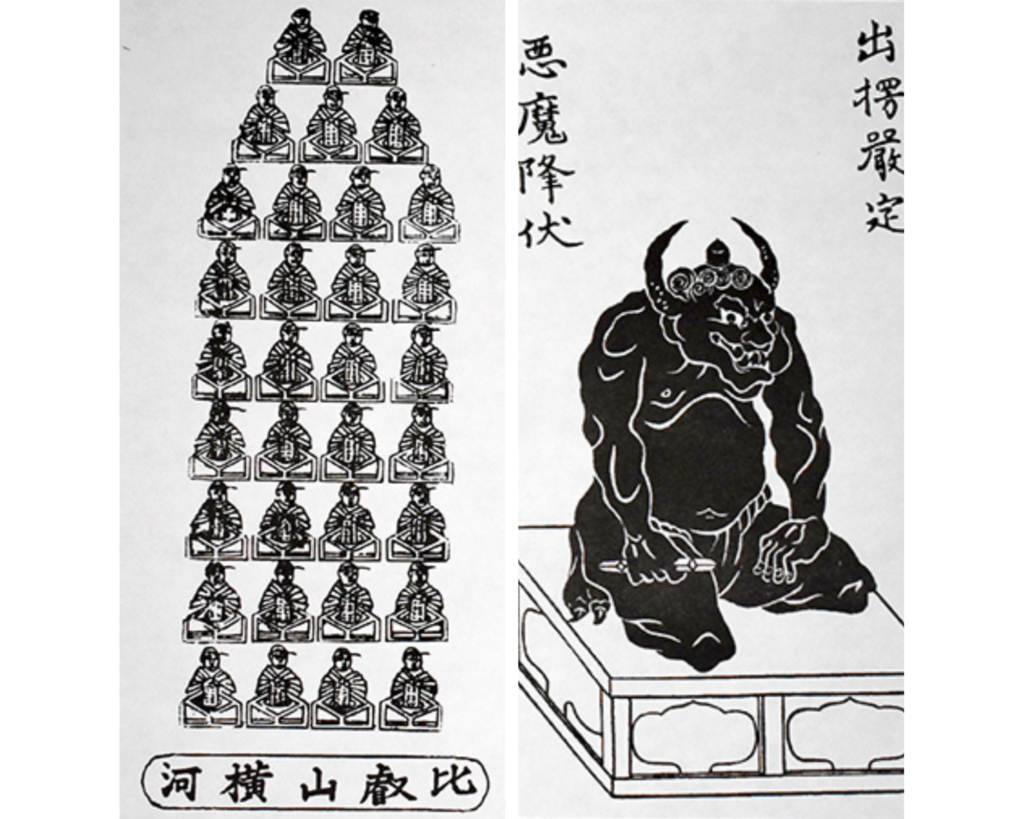
Talisman for Inside Your House
Japanese have various types of talismans which have been used since ancient times to protect against evil. In the past, when infant and children mortality rates were high, many parents buy toys for their children. It is in conjunction with praying for the healthy growth and success in life for them.
Model of Children Doll: Shushouki
Shushouki (朱鍾馗) is a Taoist god from China. In Chinese mythology, he appeared in the dream of the sick emperor and killed the demon that caused the lord’s illness. In Japan, Shushouki has been worshipped since the late Heian period (794 to 1185). Shushouki is often featured as a doll or painted on banners. People hope that it will ward off the plague of children. When Children’s Day approaches, which is May 5th, many families celebrate the health and happiness of boys by displaying armor, helmets, or Shushouki dolls in their homes. Shushouki painted in red which is considered to have a stronger influence than being painted in black. Red is the most symbolic color for China, symbolizing happiness, joy, wish, enthusiasm, vitality and fortunate.
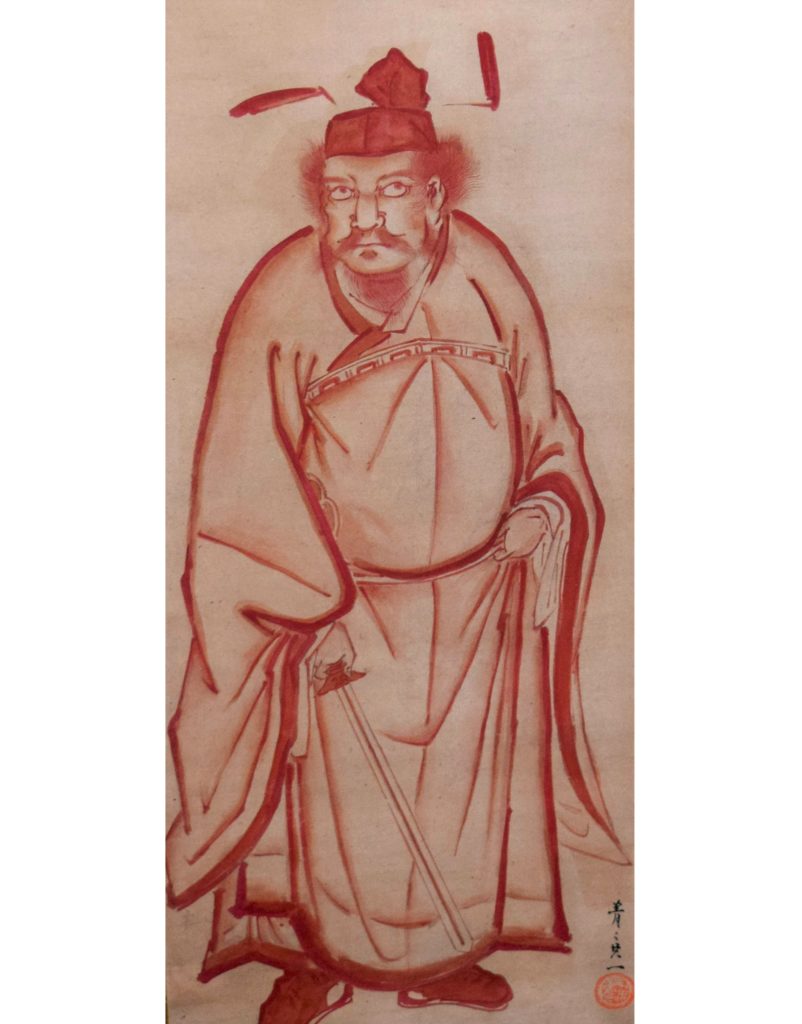
The Most Energetic Samurai Symbol: Lord Tametomo
Minamoto no Tametomo (1139-1170) was a brave military commander in the Heian period (794-1185). After he past away, the Japanese people made his talisman to put inside their homes to keep away illness. They believed plagues would fear the samurai’s soul and leave the house. Lord Tametomo committed suicide. However, some legends say that he escaped to Ryukyu (today’s Okinawa). You can purchase the ofuda at the Namiyoke Shrine in Tsukiji, Tokyo.
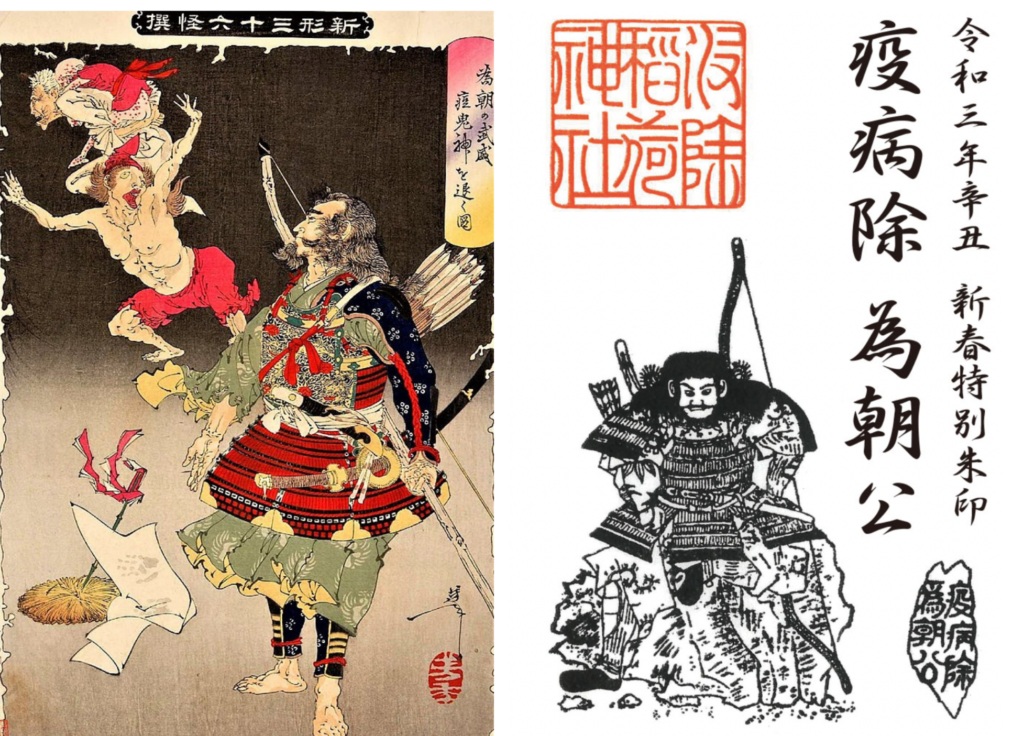
Fight Off a Demon is to Transform Into a Scarier Demon: Gozu Tennō
Gozu Tennō (牛頭天王, Ox-Headed Heavenly King) is a Japanese deity of both plague as well as health. Originally imported to Japan from mainland Asia, it is said that although he spreads diseases, he also bestows remedies for all diseases on farmers who welcome him kindly. During the Heian period, people in urban areas started to worship him and he became the object of worship in Gion Goryo-e (the Gion Matsuri Festival). The faith for Gozu Tenno and Susanoo, which is the syncretism of Shinto and Buddhism, is called Gion veneration, which had spread nationwide by the Medieval period. In Japanese epistemology, we often see these paradoxical structures of belief.
As with Ganzan Daishi, Gozu Tennō also believed the best way to fight off a demon is to transform into a scarier demon. We heard another interesting story that Gozu Tennō likes jokes! If he happens to be amused by your wish, he can actually grant it to you… If you want to get a Gozu Tennō ofuda, please see the below list.
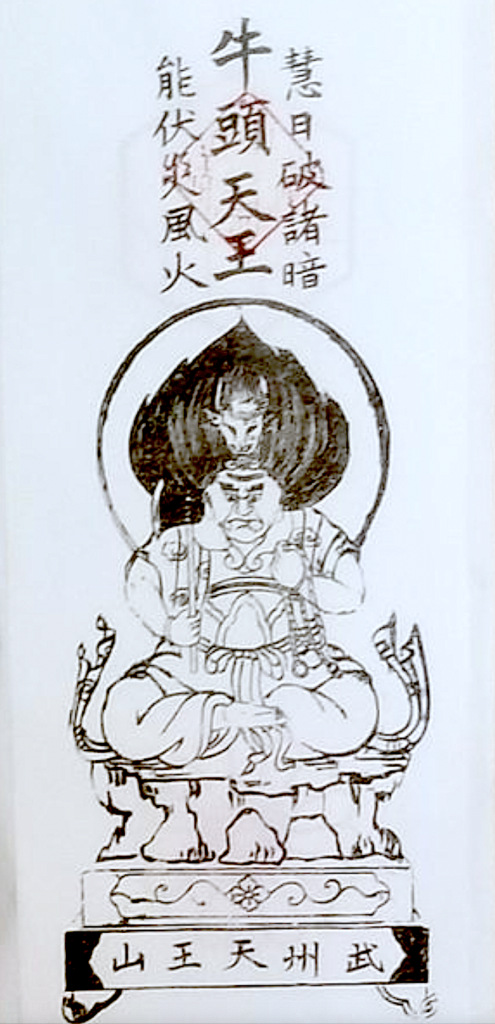
- Yasaka Shrine, Kyoto Prefecture
- Imamiya Shrine, Kyoto Prefecture
- Hiromine Shrine, Hyogo Prefecture
- Tsushima Shrine, Aichi Prefecture
- Haneda Shrine, Tokyo Prefecture
- Take shrine, Saitama prefecture
We wouldn’t be able to talk about the deities of Japan without mentioning Shinto. It is the indigenous religion in the land and originated from the belief in natural objects and phenomena known as Animism. The people believe deities exist in stones, trees, waterfalls, forests, mountains, oceans, and deceased humans and animals. Departed humans are deities, who watch over the rest of their family and descendants in the afterlife. These spirits are called Yaoyorozu no Kami (八百万の神, means Eight Million Gods). For this reason, the deities and subjects of worship at shrines in Japan are often deceased people. In some cases, great people who have made their mark in history remained as deities. For example, Emperor Meiji is the deity of Meiji Shrine, Ieyasu Tokugawa is the deity of Nikko Toshogu Shrine, and Michizane Sugawara is the deity of Tenmangu Shrine.
There are many ways to reassure yourself and strengthen your mind, such as placing charms around you and home, and believing that your deceased family members or wise men from history are watching over you. There is one thing they all have in common which is the fact that people have always used mystical beings to balance their minds when faced with death or other situations that make them feel anxious.

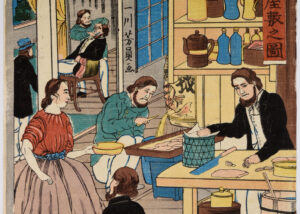
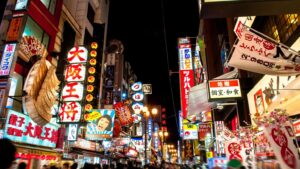

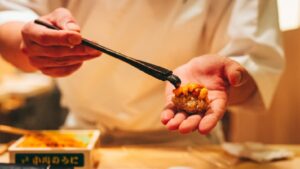
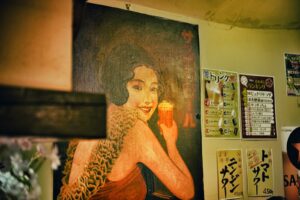
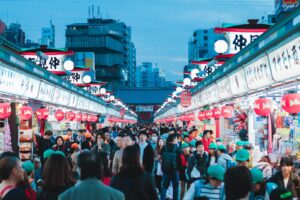
 Instagram
Instagram